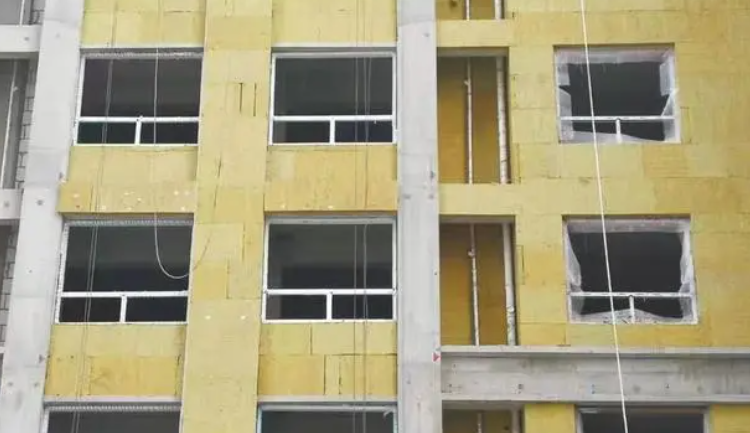

SEARCH
Wall insulation is a popular way of energy saving in recent years, the use of thermal insulation materials in the wall surface or internal structure of the building to reduce the heat exchange between the building and the external environment, so as to improve the thermal insulation performance of the building and reduce energy consumption. Next, Xiaobian will explain to you several common practices of wall insulation.

1. External wall insulation
External wall insulation is one of the most common wall insulation methods. It effectively reduces the heat exchange between the building and the outside environment by adding insulation materials on the outer surface of the building wall. This method can minimize the generation of thermal bridge and improve the insulation effect of the wall. At the same time, the external insulation can also effectively protect the main structure and extend the service life of the building. However, the external thermal insulation construction requires a higher technical level, and the requirements for the weatherability and anti-aging properties of thermal insulation materials are higher.
Common wall external insulation materials include polystyrene board, rock wool board, polyurethane board and so on.
2. Insulation in the wall
In-wall insulation is another common wall insulation method, which improves the thermal environment inside the building by using insulation materials on the inner structure of the building wall. The advantage of this method is that the construction is simple and the cost is relatively low. However, because the insulation material is on the inside, it will occupy a certain indoor space, and it is difficult to deal with the thermal bridge.
Common wall insulation materials include glass wool, aerogel, rubber and plastic, extruded board, etc.
3, sandwich insulation
Sandwich insulation is a kind of special wall insulation method, which can effectively heat insulation by setting insulation materials in the wall sandwich of a building. This approach can make full use of the thermal resistance of the insulation material and improve the insulation effect of the wall. However, the construction of sandwich insulation is relatively complex and requires special construction technology and equipment.
Common sandwich insulation materials include rock wool, glass wool and so on.
4, hollow insulation
Hollow insulation is a simple and effective wall insulation method, which uses the thermal insulation properties of air to reduce heat transfer by setting an air layer or hollow layer in the wall of a building. During construction, a certain space can be left between the two layers inside and outside the wall, and then closed, thereby improving the thermal insulation performance of the building.
5, wall pouring insulation
The practice of wall pouring insulation is to cast the insulation board and the wall at one time to form a composite wall. This approach can make full use of the thermal resistance of the insulation material and improve the insulation effect of the wall. At the same time, because the insulation board and concrete are formed once, the integrity and durability of the wall is better. However, this method has high requirements for construction technology and relatively high cost.
Common wall insulation materials include rock wool, glass wool, extruded board and so on.
There are many methods of wall insulation, and each method has its advantages and disadvantages. When choosing the appropriate insulation practice, it is necessary to comprehensively consider the use requirements, construction conditions, cost and other factors of the building. At the same time, in the construction process, it is also necessary to pay attention to the selection of insulation materials, the mastery of construction technology and the control of construction quality to ensure that the wall insulation effect achieves the desired goal.
Related